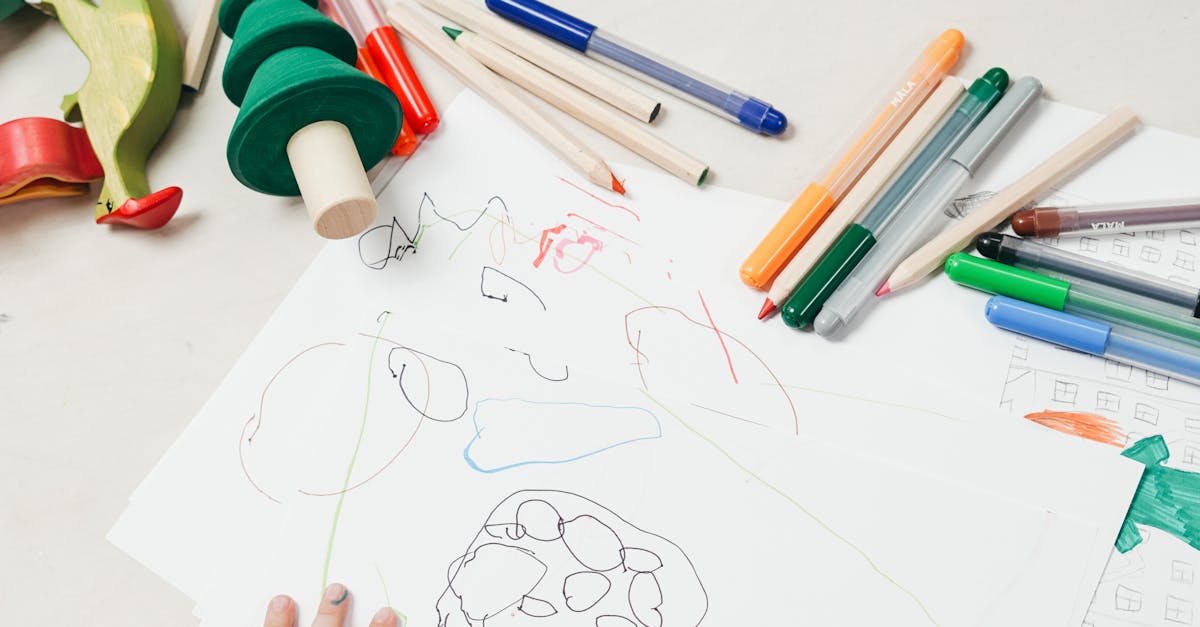
Investing time in relationship-building is essential for long-lasting partnerships. Workshops, community forums, and joint activities can enhance understanding and commitment among all parties involved. By working collaboratively, stakeholders can share insights and best practices, creating a more cohesive approach to SEL. Ultimately, a united effort can amplify the impact of social and emotional learning programmes, promoting a healthier and more supportive environment for students.
Assessing the Effectiveness of SEL Programs
se perspectives on their performance, fostering a deeper understanding of the subject matter.
The effectiveness of Social and Emotional Learning (SEL) programs can be gauged through a range of assessment methods. Quantitative measures, such as standardised tests and surveys, provide valuable data on students' emotional competencies and behavioural changes. Qualitative evaluations, including interviews and focus groups, offer deeper insights into the subjective experiences of students and educators and can highlight aspects that quantitative methods may overlook. Combining these approaches often yields a comprehensive understanding of the program’s impact.
In addition to enhancing individual learning, peer assessment can cultivate a collaborative classroom culture. Students learn to express constructive feedback and reflect on their own work through the assessment process. Teachers can support this by facilitating open discussions that emphasise the importance of respectful critique. Ultimately, these strategies contribute to a more holistic approach to social emotional learning, encouraging both academic and interpersonal growth.
Fostering Collaboration and Reflection
Collaboration among peers plays a crucial role in enhancing students' social-emotional learning. When learners engage in group projects or discussions, they gain valuable insights from one another. This interaction encourages the development of empathy and communication skills. Additionally, students are often more willing to take risks and express their thoughts in a supportive environment. By working together, they can share diverse perspectives that not only enhance their understanding of the subject matter but also strengthen their emotional intelligence.
Reflection is another key component in fostering deeper learning experiences. Encouraging students to think critically about their interactions and contributions can lead to significant growth. This process helps them identify strengths and areas for improvement. Journals, peer feedback, and guided discussions can facilitate this reflective practice. As students evaluate their own behaviours and responses in collaborative settings, they become more adept at navigating social dynamics and managing their emotions. Such self-awareness is fundamental in nurturing resilient and socially competent individuals.Workshops
that social emotional learning is not only addressed within the classroom but also supported at home, creating a holistic approach to student development.
FAQS
What are performance-based assessments in the context of social-emotional learning?
Performance-based assessments are evaluation methods that require students to demonstrate their knowledge and skills through real-world tasks, often involving problem-solving, collaboration, and critical thinking. In social-emotional learning, these assessments can help gauge how students apply emotional and social skills in authentic situations.